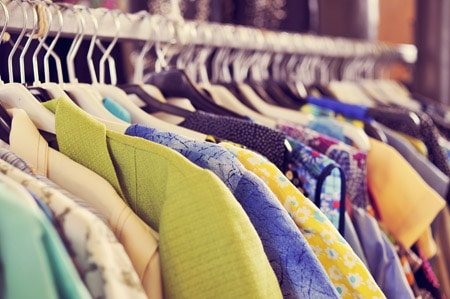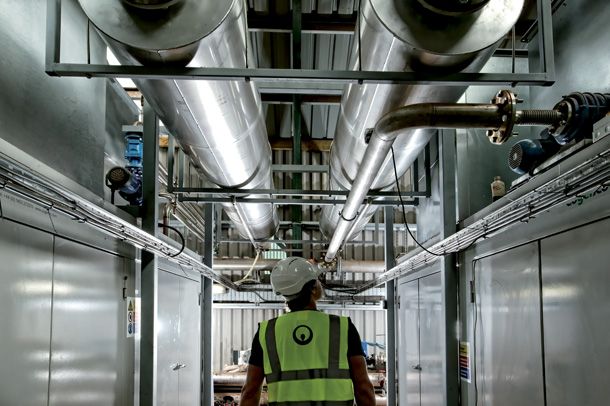History has shown there has always been some value in textile recovery. But while we have thankfully moved on from the 19th century Rag and Bone trade we still have a growing problem, with UK estimates suggesting we discard over a million tonnes of this material each year.

This includes nearly 700 million items of clothing a year alone, and at Christmas this includes to 35% of unwanted and unworn clothing items ending up in recycling. Fuelled by consumer demand the problem is getting bigger – since the beginning of this century we apparently now buy double the amount of new clothing. With one third of clothes being binned is this really the best outcome when bad fashion decisions are cleared out from the wardrobe?
We know the obvious first solution for clothing recycling is re-wear, so if retailers and brands create more solid and good quality items they will stand the test of time and be available for others to use.
In recent years the clothing industry has also taken key steps to re-evaluate sustainability and focus on recycling with large and small fashion brands now adopting wide ranging agendas for sustainability. For these to work more effectively we need the commitment from retailers and local authorities to ensure we maximise the recycling routes, and provide industry with practical and commercially realistic recycled products.
Sustainability goal

Achieving the goal of material sustainability will mean adopting a new approach for the clothing supply chain to address issues at the re-use and recycling end, develop effective new business models for the fashion industry, and at the same time create new applications for recycled textiles. Greater recycling in this area will also depend on consumer behaviour and by highlighting the sustainability of a product we may also help drive behavioural change for consumers and push real awareness.
Beyond the fashion industry, textiles are present in a multitude of items from furnishings to mattresses and designers and manufacturers are now taking steps to increase sustainability so that discarded products can be more easily recycled.
From vehicle manufacturers to the construction industry the sustainable uses are growing. We have already moved beyond just using it as carpet underlay and spill mats and innovations are now looking at recycling polyester and cotton waste, and it is now possible to manufacture wool yarn that performs as well as one made from virgin fibres. The main issue currently is that the recycled product comes at a greater cost than the raw material.
Statistics
Despite the statistics it is not all bad news. The UK is a leader amongst developed countries by sending more clothing and textiles for re-use and recycling through charity, local authority and other collections, and we also have the best quality in Europe. So we know there is a growing problem and it has been addressed in part by commitments and positive action.
But we need to go further to make the recycling loop more effective by collecting and reusing more, and by ensuring that quality materials are available. It’s only by inspiring collaboration through the entire chain that we will be able to advance sustainability and derive real commercial value for local authorities, retailers and wider industry. This, in turn will help lower waste, ease pressure on raw materials, cut carbon emissions and energy use, and deliver a real circular economy for textiles.










Subscribe for free